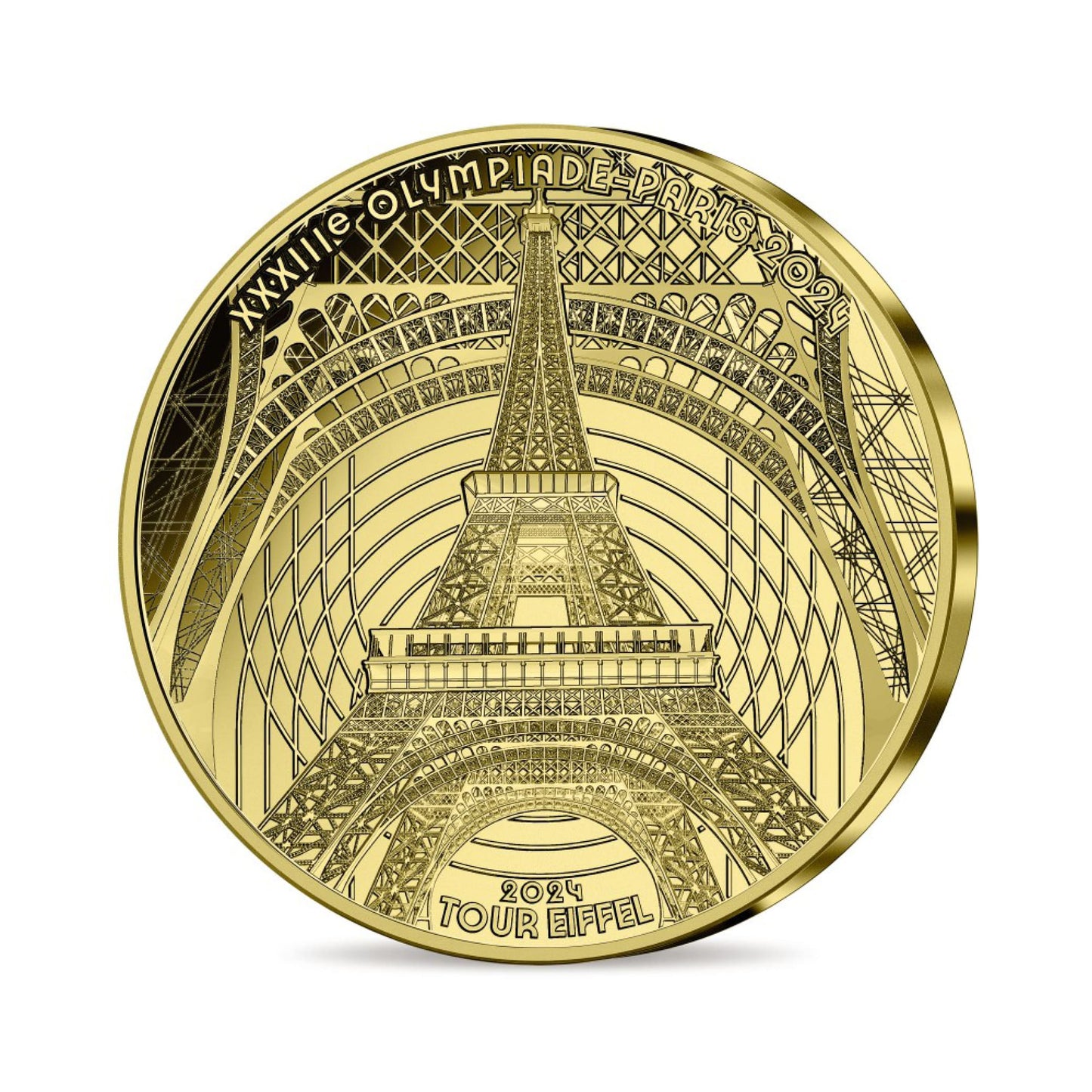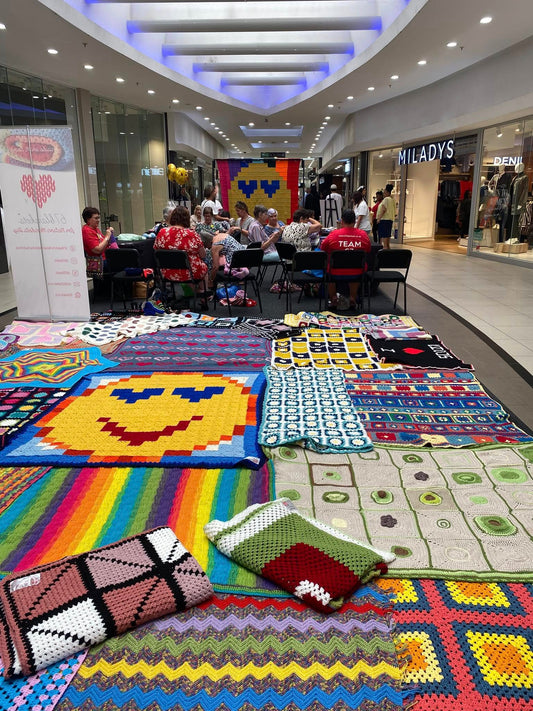Share
In 2011, to celebrate the upcoming London 2012 Olympic Games, The Royal Mint released 29 different 50p coins, each representing a different Olympic or Paralympic sport. These coins became highly sought after by collectors, and even now, more than a decade later, they remain popular among coin enthusiasts. The excitement surrounding these coins was due to their limited circulation and because they served as tangible pieces of Olympic history, commemorating a momentous occasion in the UK.
With Olympic fever still in the air, it's worth reflecting on how the value of the London 2012 coins is not static but is somewhat influenced by the current cultural and historical context. When the 2012 Olympic coins were first released, they were just 50p coins, but their association with a globally significant event and the public's eagerness to collect them elevated their worth. More than a decade after they were first struck, some are still out there - and looking at eBay and other online auction sites, they could be worth up to £150. A rare piece is only worth what the bidder is willing to pay for it at that time.
France is continuing this tradition of commemorative coinage for the Olympic and Paralympic Games by releasing a special €2 coin to celebrate the Paris 2024 Games. This circulating coin not only honours the athletes and the spirit of the Games but also provides collectors with another piece of Olympic history to add to their collections. Like the London 2012 coins, the Paris 2024 €2 coin could pique the interest of numismatists.
The rarity factor can make a coin more valuable to collectors. The 2012 Olympic coins had a limited mintage compared to ordinary circulation coins, making them more desirable. Coins that are harder to find naturally attract higher prices, as collectors are willing to pay a premium for something that completes or enhances their collection.
Another factor is the coin's historical significance. Coins commemorating important events, like the Olympics, hold historical value that can increase their desirability. The 2012 Olympic coins are not just pieces of currency; they are reminders of a time when the world came together to celebrate sporting excellence.
The condition of a coin is also crucial in determining its value. Coins in pristine, uncirculated condition are usually more valuable than those that show wear and tear. However, even well-worn coins can be worthwhile if they are rare enough or hold significant historical value.
Finally, demand plays a significant role in a coin's value. During the Olympics and in the years immediately following, the demand for these 50p coins was high. As time passed, there was an understandable falloff in excitement. However, for certain collectors, mainly those interested in sports memorabilia, these coins have remained valuable. With the Olympics recently being in the news and the introduction of the Paris 2024 €2 coin, interest in Olympic-themed coins may see a resurgence.
While a coin's intrinsic value may be fixed, its market value is influenced by a combination of rarity, historical significance, condition, and current demand. The 2012 Olympic coins and the Paris 2024 €2 coin are prime examples of how these factors can align to create something more than just a piece of currency. They serve as reminders that in the world of coin collecting, a coin's worth is ultimately defined by the value people attach to it, often far beyond its monetary face value.























